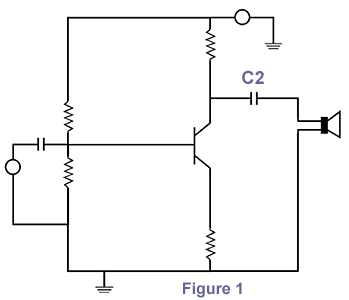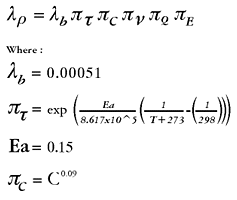Real-Life Communication
Electrical engineers are the people who design electrical devices.
These professionals have had a hand in the invention of everything from the
light bulb to the television.
"A client may want a particular product
which meets a lot of very technical requirements, and we have to translate
those technical requirements into something which can be designed," says Marv
Neumeister, an electrical engineer.
"This involves translating the
requirements into formulas so that actual calculations can be done. From this,
we determine whether it is a feasible product or not."
Once the device
is designed, the electrical engineer has to provide the customer with a set
of instructions to use. "You have to provide the customer with either training
or a manual which explains -- in a simple way -- how to operate a complex
piece of machinery," says Neumeister.
You're an electrical engineer,
and a client comes to you with a small audio amplifier and a list of all the
components that are in it. He wants to know how long the amplifier will last.
To
you, those questions translate into "What is the reliability of this amplifier?"
and "Statistically, how long before it fails?"
"We take what are essentially
complex components and run them through a model to come up with a result.
The end result, as far as a customer is concerned, is a number," says Neumeister.
It's then up to you as an electrical engineer to explain the number to
your customer in a way that's understandable.
In order to perform
a reliability analysis on the circuit identified as Fig. 1, certain facts
need to be communicated, either from the client, the component parts list,
or your own calculations.
These
are some of the things you need to know:
- What is the environment in which the device will be used?
- What is the quality of the parts used in this device?
- What are the component values and ratings?
- How are the components electrically stressed?
- How hot do the components become?
In order to answer the above questions, it's obvious that complex
calculations have already been completed. Now it's time to do the reliability
calculations.
The calculations below are required to determine the
reliability of just one component, the capacitor identified as C2 in Fig.
1.
When the
circuit analysis has been done and the above equations applied to capacitor
C2, one gets this number: 0.094592. But what does this number mean? It means
that C2 has an expected failure rate of 0.094592 failures per million hours.
In other words, C2 will fail approximately 0.094592 times per million operating
hours.
But this information means nothing to your client. You have
to be able to explain what that number means in a way that's understandable.
Figure
out how long the component should last in years. Explain how you arrived at
that figure. (Hint: Take the million hours and divide it by 0.094592 to arrive
at a Mean Time Between Failure value. A year has 8,760 hours.)
Will
the resulting number tell the client what he needs to know? That is, how long
before the audio amplifier fails? Remember that while you, as an electrical
engineer, must make the calculations in order to communicate to your client,
your ultimate goal is to communicate clearly.